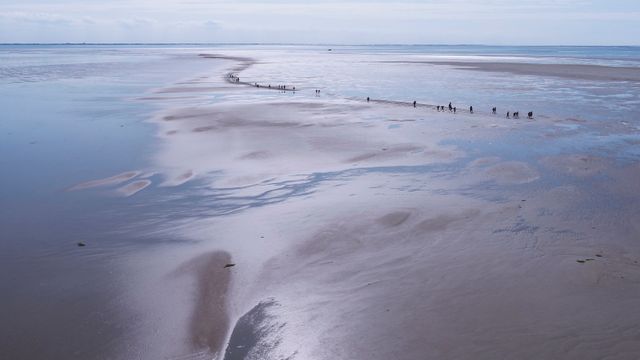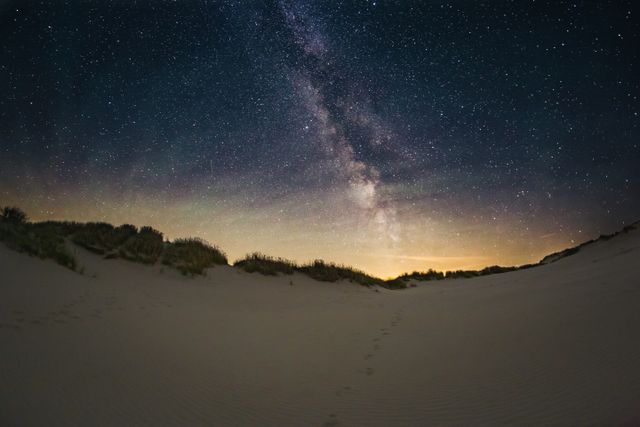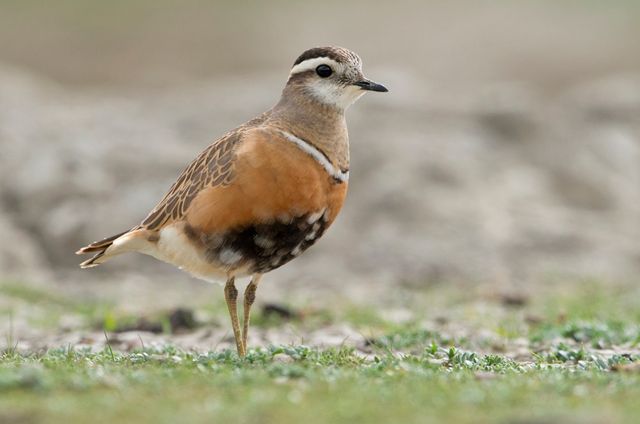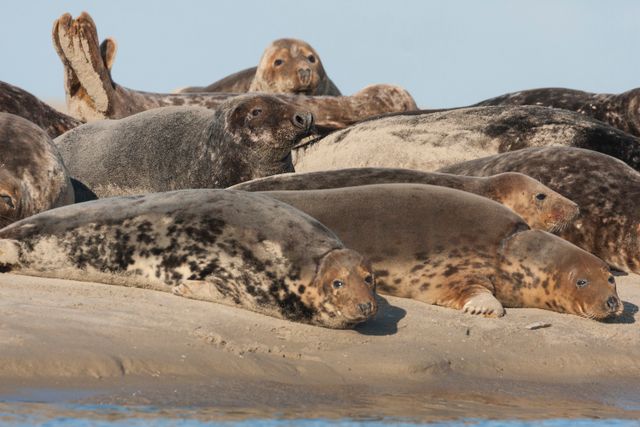An area where sea and wind shape the coastline. With dunes, plates appearing at low tide, marshes and dikes. Home to thousands of species of plants and animals. Resting area with plenty of food for millions of migrating birds and fish. Loved by residents and tourists alike. An area located in the world’s largest natural tidal currents with 500 kilometres of Danish, German and Dutch coastlines: the Wadden Sea. On 26 June 2009 the Dutch and German Wadden were awarded the UNESCO World Hermitage Site title. The Danish Wad received this title on 23 June 2014. According to the United Nations (UN), the Wadden Sea was granted UNESCO status for three Outstanding Universal Values:
The Wadden region has a surface area of almost 11,500 square kilometres along approximately 500 kilometres of coastline. The region covers 30% of the Dutch, 20% of the Danish and 60% of the German coast. A total of 50 islands and large sand plates are located in the area. The Dutch Wadden area includes five inhabited and three uninhabited islands. The Wadden coast stretches along the provinces of North Holland, Friesland and Groningen.

Why is the UNESCO Heritage Site title so important? UNESCO's goal is to preserve unique and diverse valuable heritage for future generations. This award puts the Wadden Sea in the same class as famous nature reserves, such as Yellowstone National Park in the United States and the Great Barrier Reef in Australia. In addition to the protection the title UNESCO World Heritage Site offers it also promotes understanding between cultures. We may all have a different idea of beauty but all the heritage with the UNESCO World Heritage Site title is unique, important and irreplaceable in its own right.

The rich soil life explains the millions of birds foraging along the water line. A sight to behold. curlews, knots, oystercatchers and various species of gulls, ducks and spoonbills are a sight to behold. The pied avocets prefer the marshes and for them the Wadden Sea is simply a crossroads. Many birds use the Wadden area as a rest stop on their migration routes to and from Africa, Canada or Siberia while others spend the winter or brood here. They settle in the protected resting and brooding areas such as the bird island of Griend and the bird boulevard on Texel.

Seals can spot fish from a distance of a hundred metres. While hunting they can easily reach speeds of up to 35 kilometres per hour. They are not picky eaters and adapt their menu to what’s available. Just like porpoises. Seals and porpoises are the Wadden Sea's largest predators. Both the grey and common seal are once again regular inhabitants of the Wad and this will most likely be the case for the small indigenous whale as well. While seals rest on the sand banks in large numbers, porpoises are more difficult to spot. Although their dorsal fins are being seen much more frequently.

At low tide you can see the plants that thrive in salt water: bladder wrack, knotted wrack and sea lettuce. On the marshes along the edges of the Wadden Sea you’ll find pioneer species such as cordgrass and glasswort. They retain the sediment which heightens the marshes and offers other species such as sea plantain, seaside arrowgrass, sea sandwort and lamb’s ear, which turn the whole marsh purple when in bloom, a chance to grow. Algae and seaweed are the number one producers of oxygen in the world. The microscopically tiny algae provide the plains of the Wad with their characteristic colours; from bright green to gold.

Curious about all things to do and see in the Wadden? Take a look at our map with an overview of the highlights from the coastal regions and the Wadden islands